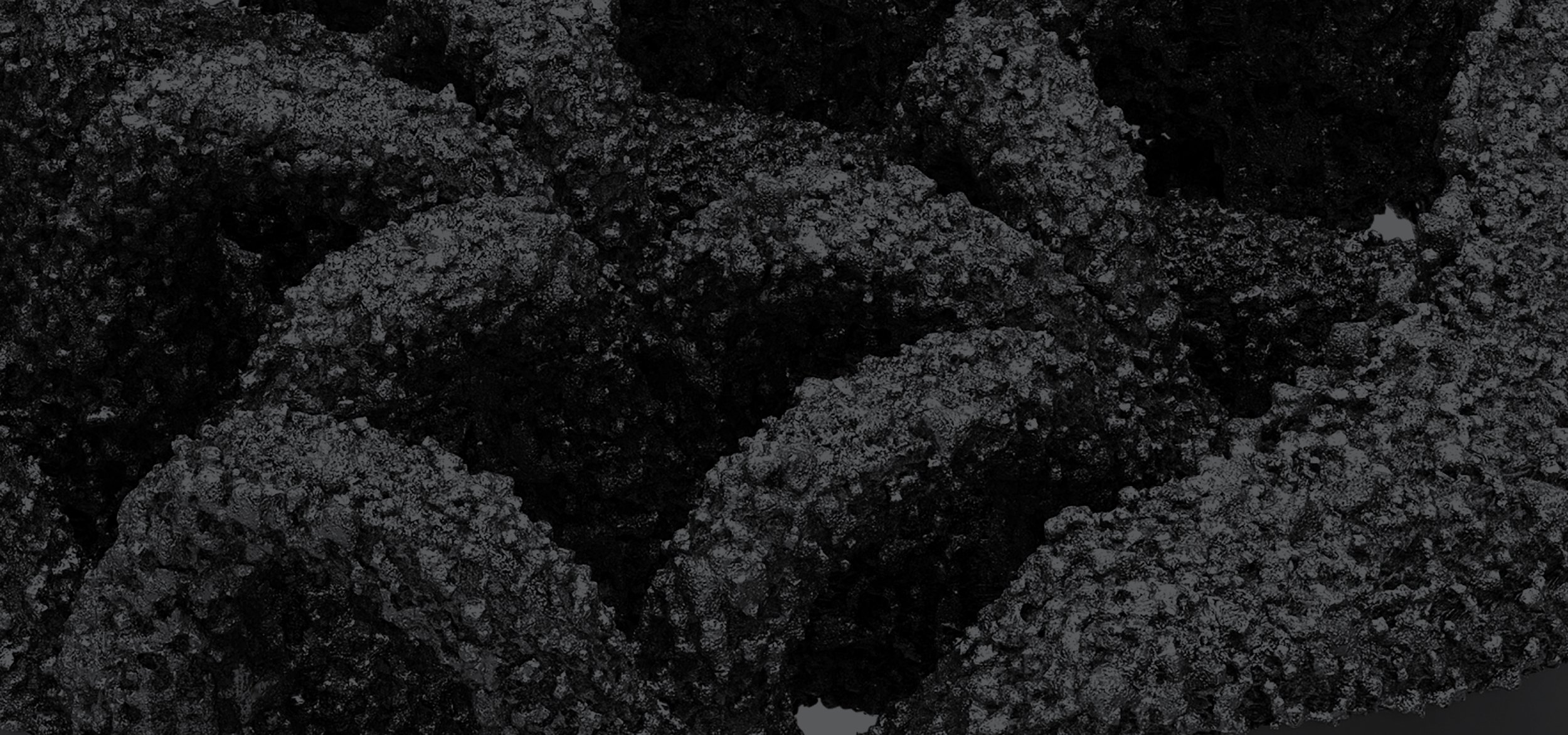
Oblique Lumbar Interbody with proprietary osteoconductive microtexture and arched anatomic structure engineered to promote faster fusion.
Product Features
3D Printed Titanium with SPIRA® Technology
Open architecture provides large graft volume while maintaining endplate surface contact
Designed specifically for the OLIF approach - no orthogonal maneuver required for implant seating
Available in 2 footprints and 3 convex lordotic profiles to accommodate patient anatomy
-
Footprints(mm): 26x32, 30x38
Heights: 9 to 19mm in 2mm increments
Lordosis: 8°, 15°, 20°
Graft Volume up to 10.4cc
Designed Specifically for the OLIF Approach
Oblique Lumbar Interbody Fusion
Instruments and implants pass through the most natural corridor to the disc space¹.
Simple retraction and disc access
Minimally invasive with maximal visualization
Comprehensive set of angled and non-reflective disc preparation instrumentation
Straight Instrumentation
No orthogonal maneuver required for implant seating
Precision
Inserter location feature placed at the optimal angle for atraumatic insertion
Safety
No toggling of instruments in situ - instruments designed for safe implant delivery under direct visualization
Innovation
Implant design utilizes proprietary open architecture and surface technology
SPIRA-O Instruments are designed for:
Optimal cage placement
Avoids contralateral nerve impingement
Smooth implant delivery through the most natural corridor to the disc space
SPIRA®’s proprietary 3D Hierarchal Design, is designed for Stability, Synergy, and Simplicity to drive a fast and reliable interbody fusion*.
Open architecture arch design provides immediate and directional fixation with substantial bone contact.
Optimized load distribution through each arch at the vertebral endplate interface allows for physiologic distribution of the flexural stiffness and can reduce the potential for subsidence.
3D printed titanium with Surface By Design® Technology*.
Osteoconductive microtexture allows for early bone apposition to promote a faster fusion.
Explore Related Products
Posterior Stabilization System
Pedicle Screw Fixation System
Access System
A full biologics portfolio













